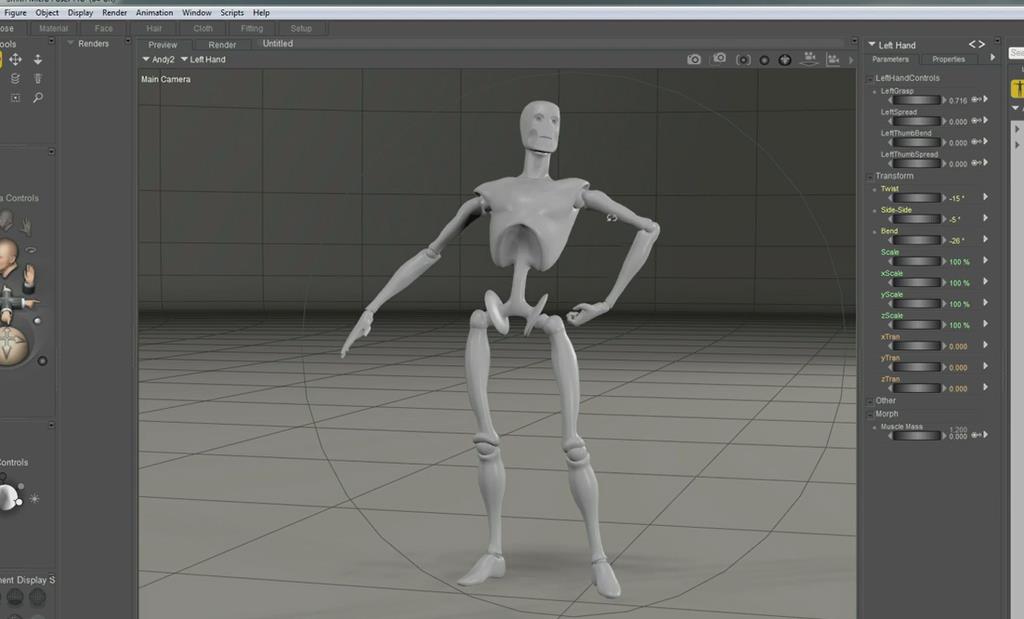
Welcome to an in-depth exploration of the art and science of motion capture for game animation. This guide will delve into the ten essential steps, from selecting cutting-edge equipment to troubleshooting complex challenges.
Perfect for innovators and industry professionals, we offer a detailed, technical overview, equipping you with the knowledge and tools to excel in this dynamic, rapidly evolving field.
Unleash your creativity, amplify your skill set, and harness the power of motion capture technology in game animation.
Understanding the Basics of Motion Capture
Before delving into the intricate details of motion capture for game animation, it is crucial to grasp the four fundamental aspects of this technology. These aspects are tracking, mapping, refining, and applying. In the context of mocap technology evolution, these stages have witnessed significant improvements.
Tracking has evolved from analog to digital systems, enhancing precision. Mapping has become more complex, allowing for nuanced animations. Refining processes have been streamlined with sophisticated software. Applying these motions to 3D models has become more efficient.
Looking ahead, motion capture's future prospects are promising. Advancements in artificial intelligence and machine learning could revolutionize these four stages, bringing unprecedented realism and responsiveness to game animations. This innovative leap will undoubtedly redefine the boundaries of gaming immersion.
Choosing the Right Equipment for Motion Capture
Selecting the appropriate equipment for motion capture is both a critical and challenging step, as it directly impacts the quality and precision of the resulting animations. The choice of gear involves a trade-off between factors such as equipment affordability and motion precision.
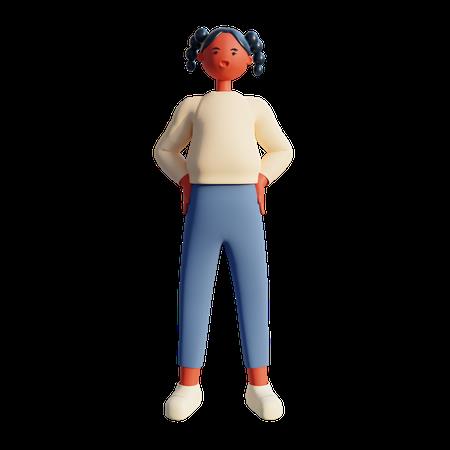
In choosing the right equipment, consider the following:
Equipment affordability: High-end gear can provide excellent precision and quality, but at a higher cost. Balancing the budget with the desired outcome is key.
Motion precision: The more precise the equipment, the more realistic the animation. Precision is paramount in achieving high-quality results.
Ease of setup and use: Complex setups can slow down the production process. Opt for equipment that is user-friendly.
Support and maintenance: Choose equipment from a company that provides good after-sales support and maintenance services.
Setting Up Your Motion Capture Studio
Creating an optimal motion capture studio involves a three-pronged approach:
- Selecting an adequate space
- Correctly installing necessary equipment
- Understanding the essentials of the calibration process.
These steps are critical to ensuring high-quality motion capture data, which is integral for game animation.
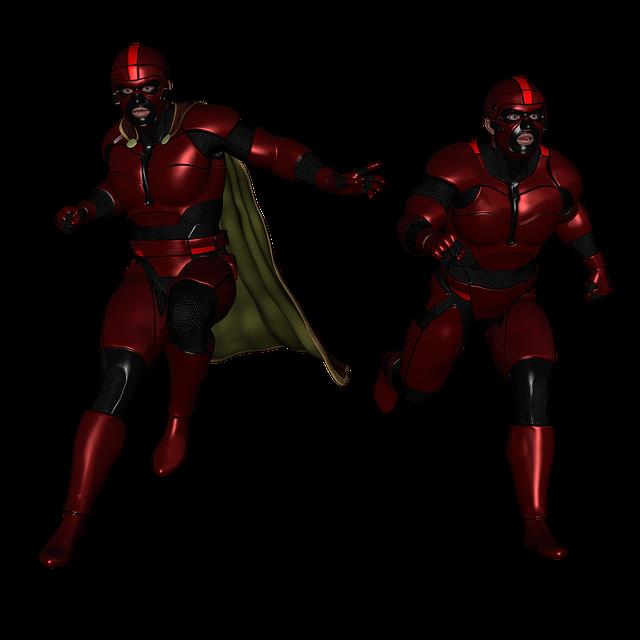
In the following sections, we will explore each of these factors in detail, providing insights into the effective setup of a motion capture studio.
Choosing Suitable Space
The process of establishing an optimal motion capture studio begins with choosing a suitable space that will allow for accurate and efficient data collection. This involves careful consideration of space limitations and lighting conditions, which play a pivotal role in the quality of the captured data.
Space limitations: A large, open space is ideal for motion capture. It needs to be large enough to accommodate the performers, cameras, and any props or equipment involved in the scene.
Lighting considerations: Lighting should be consistent and controlled. Avoid natural light as it can cause shadows and reflections that interfere with the capture process.
Acoustics: The space should be quiet with soundproofing to minimize noise interference.
Flooring: Opt for a non-reflective, non-slip surface to ensure performers' safety and data accuracy.
Investing time in choosing the right space will significantly improve the quality of your motion capture data.

Equipment and Installation
Frequently, the success of a motion capture session hinges on the proper installation and configuration of the necessary equipment within your selected studio space. Precision in sensor placement strategies is critical to ensure accurate data capture. Sensors should be correctly oriented, calibrated and free from obstructions. The distance between sensors and the performer must be carefully calculated to minimize occlusion and maximize field of view.
Lighting considerations are equally important. The studio should be well-lit to provide clear visibility for both the performer and the motion capture cameras. Nevertheless, the lighting should not cause glare or reflections on the sensors, which can interfere with data capture.
Careful setup and configuration of motion capture equipment is key to achieving high-quality game animation.
Calibration Process Essentials
Both the quantity and quality of calibration procedures are crucial elements in setting up your motion capture studio, as they greatly impact the accuracy and reliability of the captured motion data. This process involves several crucial steps:
Selection of Calibration Software: Explore different calibration software choices based on your specific requirements and budget. The right software will ensure optimal data capture quality.
Calibration Accuracy Improvement: Regularly check and update your calibration tools to ensure improved accuracy.
Equipment Setup: Make sure your equipment is correctly positioned and configured before starting the calibration process.
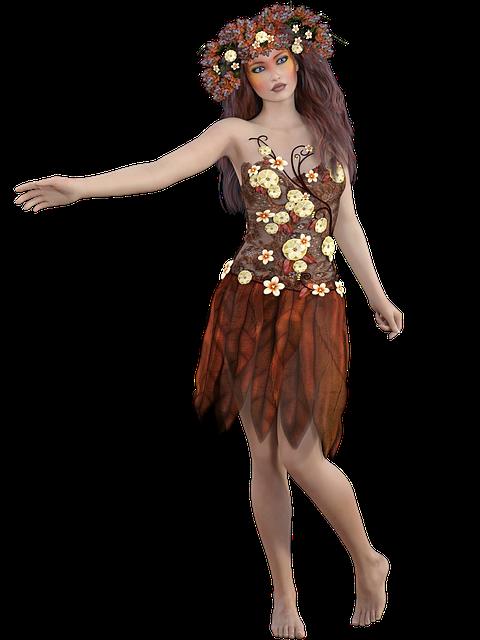
Data Validation: Rigorously validate the captured data using advanced techniques to ensure high-quality motion capture.
These steps, when meticulously followed, ensure the successful setup and operation of your motion capture studio.
Training Your Actors for Motion Capture
Training actors for motion capture is a critical component in the process of game animation. It not only involves teaching actors the specific techniques required for optimal motion capture, but also ensuring they thoroughly understand the unique requirements of the mocap environment.
This focused training is imperative to achieve the desired level of precision and realism in the final animation.
Actor Training Techniques
Regularly, actors must undergo rigorous training to adapt their physical performances to the specific requirements of motion capture technology. This involves developing specific skills, such as performance improvisation and emotion portrayal, which are crucial in creating lifelike and engaging game characters.
Key training techniques include:
Performance improvisation: Actors need to be able to adapt and improvise their performances on the fly, responding to real-time feedback from the mocap system.
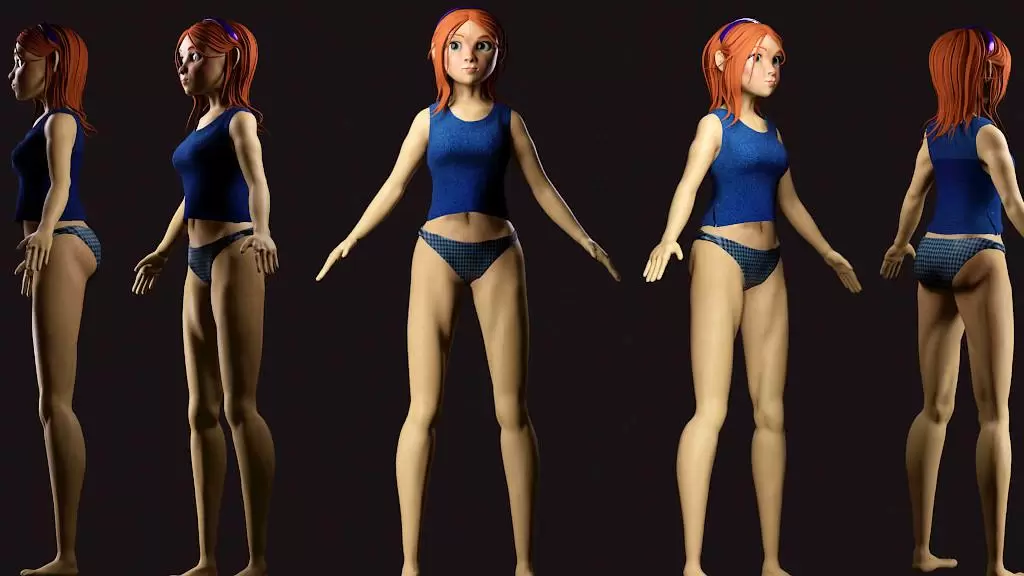
Emotion portrayal: This requires actors to exaggerate their facial expressions and body language to convey emotions effectively in the digital realm.
Physical conditioning: Actors must maintain peak physical condition to perform the often strenuous movements required in mocap sessions.
Spatial Awareness: Understanding the physical space in the mocap studio and the virtual space in the game is essential to avoid errors and ensure accurate data capture.
Understanding Mocap Requirements
A significant proportion of a successful motion capture session relies on comprehending and meeting the specific requirements of the motion capture process, which necessitates specialized training for actors. This understanding is a cornerstone in effective Mocap budgeting, as it directly impacts the quality and efficiency of the animation output.
Training should focus on teaching actors to balance subtlety and exaggeration in their movements for optimal capture results. Mocap software selection is another crucial aspect, as different programs may require varying levels of data refinement and actor proficiency.
It is therefore essential to understand both the software's capabilities and its demands on the actors, enabling you to plan, budget, and execute a successful motion capture session.
Effective Calibration Techniques in Motion Capture
Undoubtedly, mastering effective calibration techniques is crucial for obtaining high-quality data in motion capture processes. A key aspect of these techniques is Calibration errors management, which involves identifying and eliminating potential sources of error in the calibration process. There is a varied range of Calibration software options available, each with its unique benefits and drawbacks.
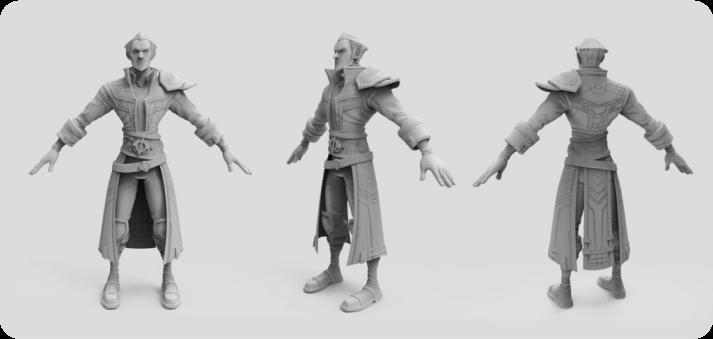
- Regular Calibration: Ensures accuracy and precision in data capture, minimizing potential errors.
- Equipment Maintenance: Regular service and checks can prevent unexpected calibration errors.
- Software Selection: Choosing the right calibration software is crucial for successful motion capture.
- Environment Control: Ambient conditions can affect calibration; maintaining a controlled environment ensures reliability.
Mastering these techniques can significantly enhance the quality of motion capture data, leading to more realistic and immersive game animations.
Tips for Data Capture and Processing
Understanding the intricacies of data capture and processing is critical in the realm of game animation motion capture.
This segment will explore the best practices for equipment setup, innovative techniques for data capture, and the most efficient methods for processing mocap data.
These insights will illuminate the path to achieving high-quality, accurate, and realistic motion capture animations.
Optimal Equipment Setup
To ensure high-quality data capture and efficient processing, there are seven key considerations to bear in mind when setting up your motion capture equipment. These range from the fundamentals of equipment maintenance to the complexities of Mocap software selection.
Equipment Maintenance: Regular servicing ensures optimal performance and longevity. This includes cleaning, calibration, and timely repairs.
Mocap Software Selection: The choice of software is crucial. It should be user-friendly, compatible with your hardware, and capable of processing extensive data.
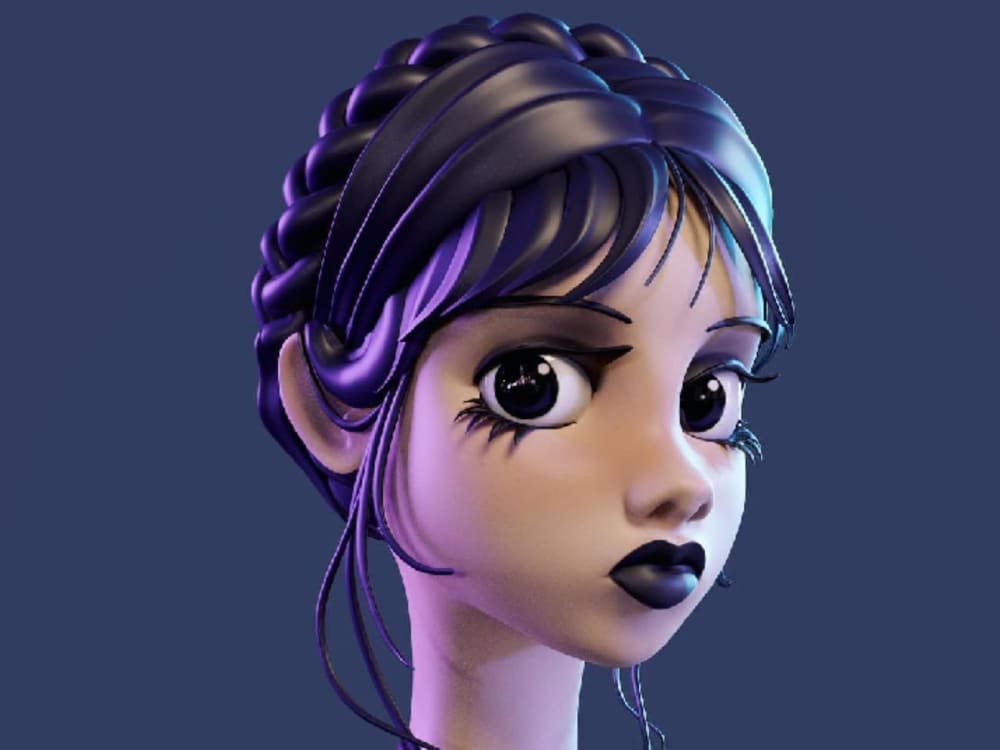
Environment Setup: Minimize external interference such as lighting and magnetic fields for accurate data capture.
Operator Training: The operator must be well-versed with the equipment usage, software navigation, and troubleshooting common issues.
These steps can significantly enhance your motion capture results, leading to more realistic and engaging game animations.
Data Capture Techniques
In the realm of motion capture for game animation, it is crucial to master various data capture techniques, and equally important to grasp the nuances of efficient data processing.
One essential factor is sensor positioning. The sensor's location can significantly impact data accuracy and quality. An optimal set-up involves placing the sensors in a configuration that covers the most movement range and minimizes occlusion.
It's also vital to understand markerless techniques that utilize sophisticated algorithms to track body movements based on shape and texture, eliminating the need for physical markers. These techniques lean heavily on data processing, requiring robust software to interpret the captured data accurately.
Processing Mocap Data
After the data has been captured, and before it can be utilized for animation, it is imperative to process the motion capture data efficiently and accurately. The process involves a series of steps to ensure data accuracy and involves careful Mocap software selection.
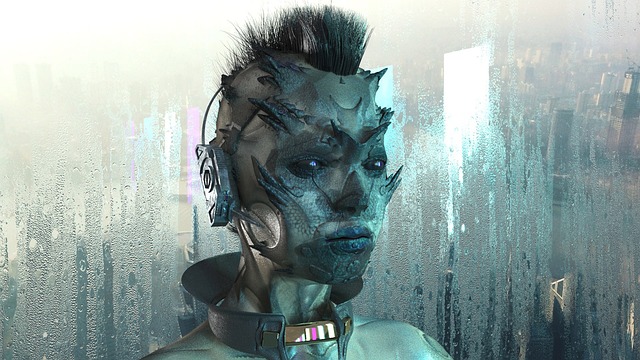
Here are four tips for data capture and processing:
Choose the right Mocap software: The choice of software is vital. It should have features that facilitate accurate data capture and efficient processing.
Clean the data: Remove any noise or outliers that might affect the quality of the animation.
Map the data: Assign the data to the correct 3D model joints to achieve the intended animation.
Verify the data: Check the data and the resultant animation for any discrepancies to ensure the final output is as expected.
Troubleshooting Common Motion Capture Problems
Addressing the prevalence of common motion capture problems requires a deep understanding of the system's functionality and a keen eye for detail. This involves Problem Identification, a critical step in troubleshooting where issues related to system calibration, marker tracking, or data processing are pinpointed.
Once identified, Solution Implementation comes into play which involves a strategic blend of software adjustments and hardware recalibration. It's crucial to maintain a technical proficiency in this area to ensure accurate and efficient problem-solving.
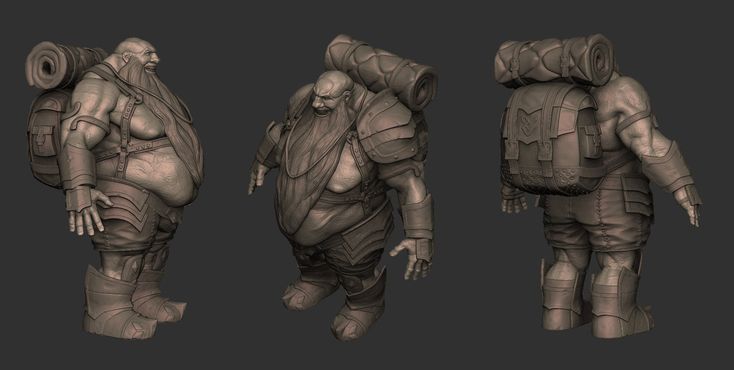
Misalignment of markers, inaccurate mapping, or data corruption can all significantly disrupt the motion capture process. By effectively troubleshooting these issues, we can ensure that our motion capture systems are optimized for performance, fostering innovation and pushing the boundaries of game animation.
Advanced Techniques in Game Animation Using Mocap
Frequently, the application of advanced techniques in game animation using motion capture (mocap) can elevate the realism and immersive quality of the gaming experience. Through Mocap integration, an animator can create lifelike characters that interact with their environment convincingly.
Mocap innovations have given rise to refined skeletal tracking, which provides better body movements and facial expressions.
Real-time feedback has become a game-changer, allowing animators to correct and enhance movements immediately.
Advanced software allows for the integration of mocap data with AI, creating autonomous characters.
The use of volumetric data capture creates a 3D space, enabling a higher level of interaction and realism.
These advancements are driving the gaming industry forward, allowing for the creation of increasingly immersive, realistic, and complex gaming experiences.
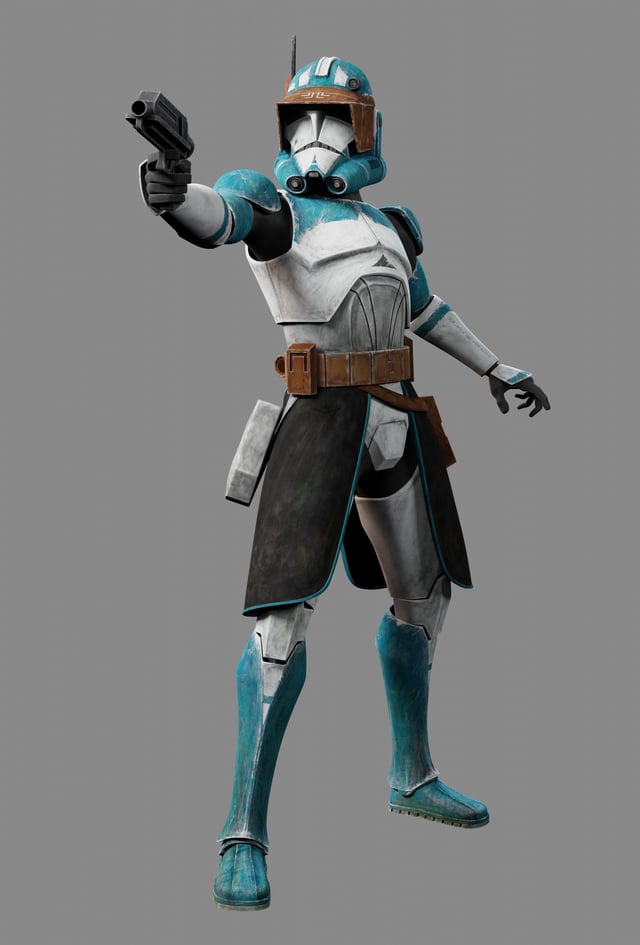
Navigating the Challenges in Motion Capture
Despite the advancements in motion capture technology, there are numerous challenges that professionals must navigate in the realm of game animation.
The process starts with Mocap software selection, a task requiring both technical acumen and foresight. The chosen software should not only meet current needs but also be scalable and adaptable to future technology.
Real-time monitoring challenges pose another hurdle. Game animators must ensure accurate data capture while simultaneously analyzing that data for quality and consistency. This requires high-performance computing capabilities and a deep understanding of motion physics.
Furthermore, the capturing environment must be carefully controlled to avoid interference that disrupts the precision of the Mocap system.
Overcoming these challenges is crucial for delivering innovative and realistic game animation.
Reviewing Your Motion Capture Process: Key Takeaways
Evaluating the effectiveness of your motion capture process is a crucial step in ensuring high-quality game animation output. This Process Evaluation allows you to identify areas of improvement and implement necessary changes.
Key Takeaways from your review should include:
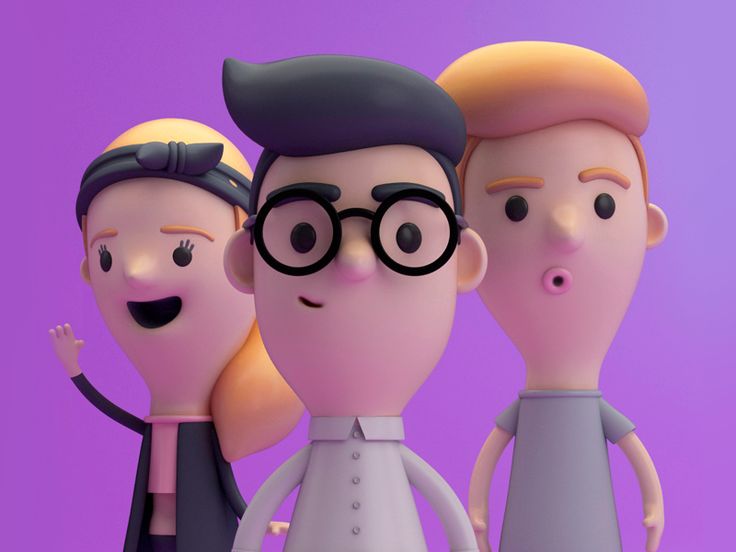
- Assessing the accuracy of the data captured: Ensure the movements are realistic and responsive.
- Evaluating the workflow efficiency: Determine if the process is streamlined and time-efficient.
- Checking the equipment functionality: Make sure all tools are working optimally.
- Implementing feedback: Takeaway Implementation involves using the insights gained to refine the process.
Frequently Asked Questions
How Much Does a Complete Motion Capture Setup Cost on Average?
Budgeting for Mocap involves significant investment, as a complete motion capture setup typically ranges from $50,000 to $100,000 on average. Mocap equipment financing can alleviate this cost, promoting innovation in game animation.
Are There Any Online Courses or Resources Available to Learn Motion Capture Techniques?
Yes, several online resources offer education on motion capture techniques. Websites like Udemy and Coursera provide courses on Mocap Software Options and Industry Application Techniques, essential for innovative game animation and film production.
How Long Does It Typically Take to Train an Actor for Motion Capture?
The training duration for an actor in motion capture largely depends on the actor's physical conditioning and the need for performance consistency. It typically ranges from a few days to several weeks, on average.
What Are Some Careers That Utilize Motion Capture Technology?
Careers utilizing motion capture technology span multiple industries. Key sectors include game development, film production, sports analytics, and the medical field, where advancements in motion capture technology aid in patient treatment and rehabilitation strategies.
Absolutely, motion capture technology has broad applications beyond gaming. It's widely used in film production for enhanced visual effects, virtual reality for immersive experiences, medical research, and performing arts for choreography analysis.
 Digital Art InstructionDIY Infographics DesignMobile Game ArtworkPersonalized Logo Design3D AnimationeBook Covers DesignPrivacy PolicyTerms And Conditions
Digital Art InstructionDIY Infographics DesignMobile Game ArtworkPersonalized Logo Design3D AnimationeBook Covers DesignPrivacy PolicyTerms And Conditions
